Castor Oil is an incredible substance that is obtained by pressing the seeds of the castor plant, Ricinus communis (Euphorbiaceae). It is a clear oil that has been used for medicinal use in Ancient Egypt, China, Persia, Africa, Greece, Rome, and in 17th Century Europe and the Americas. Centuries ago, the plant was referred to as “Palma Christe” because the leaves were said to resemble the hand of Christ. This association likely arose out of people’s reverence for the plant’s healing abilities.
Castor oil is now widely used in pharmaceuticals, cosmetics, machinery and industry. Even Castrol motor oil for machinery is derived from castor oil….must be good for the joints?
The Good: Always start with the positives!
One of the more compelling health benefits is castor oil’s ability to support the immune system. This healing property does not require you ingest the oil, rather apply it externally. Castor oil “packs” can be an economical and efficient method of infusing the ricinoleic acid and other healing components of castor oil directly into your tissues.
Popularized by psychic and intuitive healer, Edgar Cayce in the 1930s and 1940s, Castor Oil packs became widely utilized. Some say Edgar Cayce was the father of the New Age Movement. His work with castor oil was later researched and proven by primary care physician William McGarey amongst others.

Even Ancient Yogis and modern day yogis of the Ashtanga tradition follow a Saturday ritual of a castor oil bath. This helps reduce any inflammation in the joints while providing a ritual during the day off from training. In this tradition castor oil is applied liberally while the practitioner lays in corpse pose (shivasina) for 10-15 minutes. Afterwards wash the castor oil off in the shower.
Castor oil packs applied topically can:
- Stimulate and support the immune system
- Drain the lymphatic system
- Increase lymphocyte production
- Increase circulation
- Have an antiinflamitory effect
- Have an antiviral effect
- Have an antifungal effect
- Improve painful conditions and swelling
Some conditions treated are GI complaints, ovarian cysts, menstrual issues, irregular menses, painful menses, fibroids, acne, arthritis, lymph edema and chronic infections.
Topical Application: You can rub castor oil into the skin but if you truly want the most therapeutic effect try a “Castor Oil Pack”. Packs are the most common and effective way to apply topical castor oil.
In order to make a Castor Oil Pack You will need the following supplies:
- High quality cold-pressed castor oil
- Hot water bottle or heating pad
- Plastic wrap
- Two or three one-foot square pieces of wool or cotton flannel
- One large old bath towel
Fold flannel three layers thick so it is still large enough to fit over your entire upper abdomen and liver. You can also treat over a local area, like swollen lymph nodes on the neck, ankles, knees…anywhere that needs additional love. Soak flannel with the oil so that it is completely saturated. The oil should be at room temperature. Place the flannel pack directly onto your abdomen; cover oiled flannel with the sheet of plastic, and place the hot water bottle on top of the plastic.
I recommend wearing old pajamas as the oil stains and is difficult to remove. Leave pack on for 45 to 60 minutes. This is a great time to do meditational breathing, reading or just relax. You can reuse the pack several times, each time adding more oil as needed to keep the pack saturated.
The “not so pretty” but effective Internal Uses of Castor Oil:
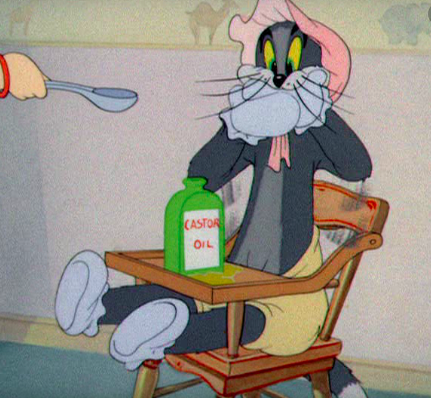
Castor oil has been an internal remedy for thousands of years. Remember Spanky from The Little Rascals being spoon fed castor oil? Castor oil can even be seen on Tom and Jerry as a way to harass Tom. Centuries of ingesting Castor oil by myriads of cultures have shown us that castor oil is a formidable laxative.
Castor oil has been proven to stimulate the intestines and the uterus and is often recommended to stimulate labor. I however do not recommend castor oil for labor induction unless in very specific conditions as castor oil as it can cause violent vomiting and diarrhea which can really be tough on a laboring woman.
The”Downright Deadly” but infrequently seen use of the Castor nut:
Unless you go into the business of manufacturing castor oil you will not come into contact with Ricin. Ricin is a highly toxic, naturally occurring protein and even a dose the size of a few grains of table salt can kill an adult human. Heating during the oil extraction process denatures and inactivates the protein rendering castor oil harmless.
In a few occurrences since the late 1970’s ricin has been utilized as a biological toxic weapon. As a matter of fact even this year, an envelope addressed to President Obama tested positive for ricin. All that being said, castor oil has been deemed safe and effective by the FDA so do not worry.
Castor Oil is an ancient and effective way to improve your health. Give it a try for yourself.
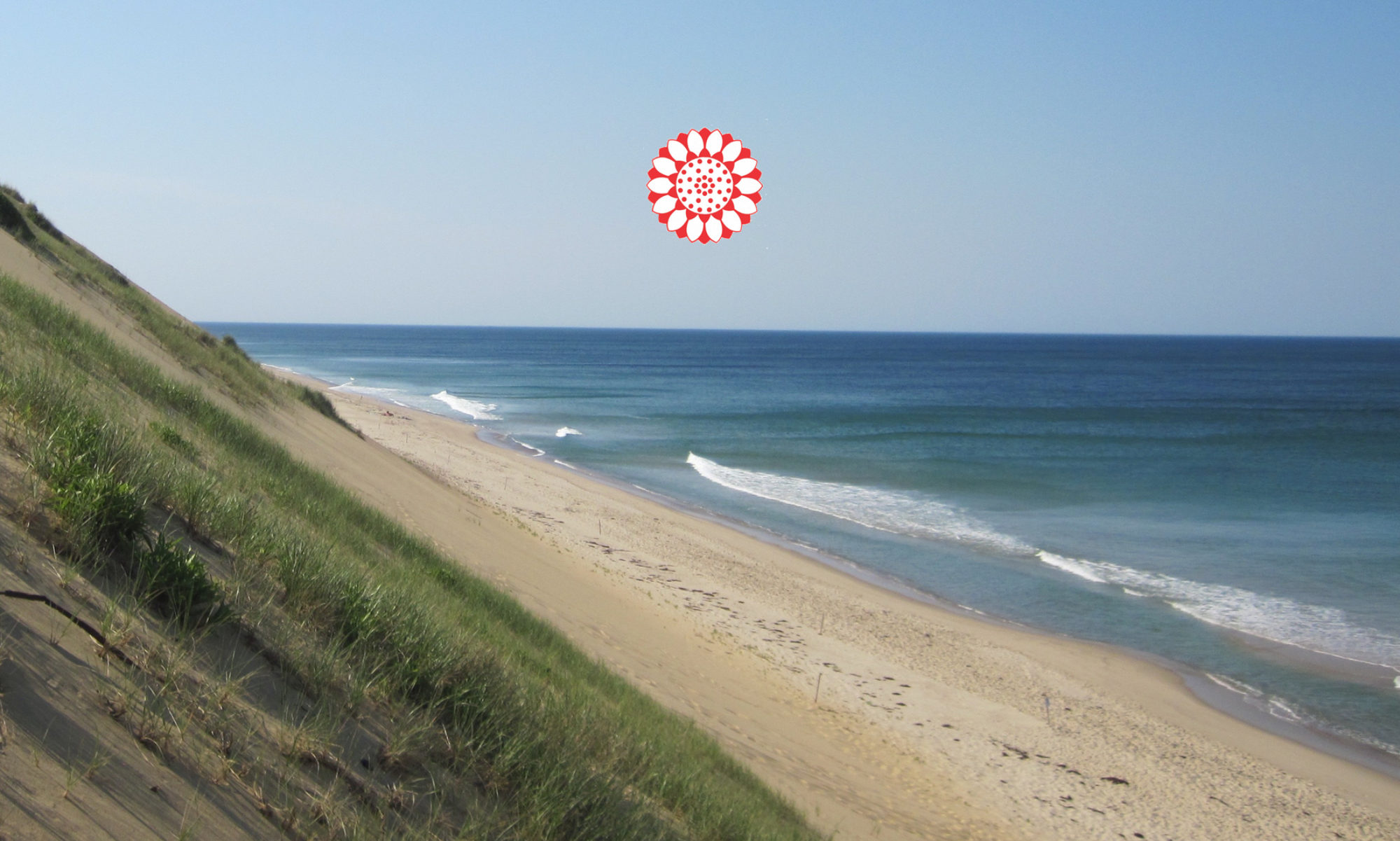

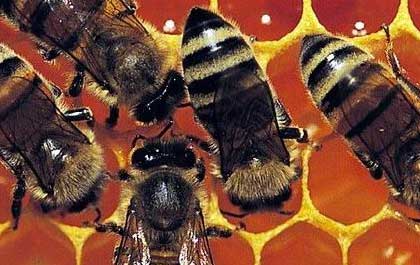



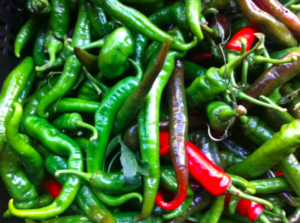 Chilis are a diverse fruit that bloom on the nightshade family of plants. Not only do chilis enhance the flavor of food, they also have a dual function of nurturing life by treating pain as well as halting humans in riot control. In this sense, chilis embody the the Daoist nature of the Yin Yang symbol where opposites are intrinsically connected.
Chilis are a diverse fruit that bloom on the nightshade family of plants. Not only do chilis enhance the flavor of food, they also have a dual function of nurturing life by treating pain as well as halting humans in riot control. In this sense, chilis embody the the Daoist nature of the Yin Yang symbol where opposites are intrinsically connected.
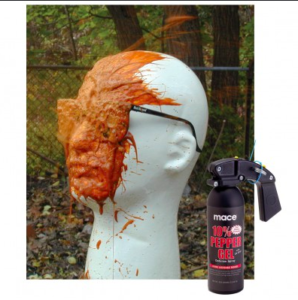
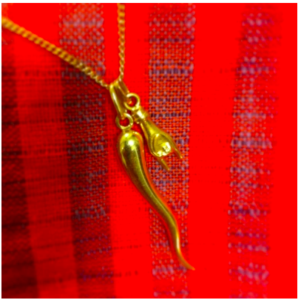
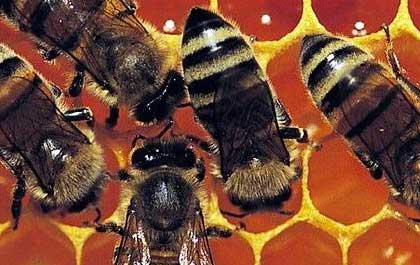
 My family of Bee Keepers recently paid a visit in NYC and I was so excited to chat with them extensively about the power of Bees and their extraordinary products. My cousin Gustav is a third generation of beekeeper and I have fond memories meeting his Grandfather (my great, great Uncle) in Sweden when I was eight. I have an image in my head of my Great Uncle in his bee suit and huge drums of creamy honey in the basement. Maybe that started my deep love for honey?
My family of Bee Keepers recently paid a visit in NYC and I was so excited to chat with them extensively about the power of Bees and their extraordinary products. My cousin Gustav is a third generation of beekeeper and I have fond memories meeting his Grandfather (my great, great Uncle) in Sweden when I was eight. I have an image in my head of my Great Uncle in his bee suit and huge drums of creamy honey in the basement. Maybe that started my deep love for honey?